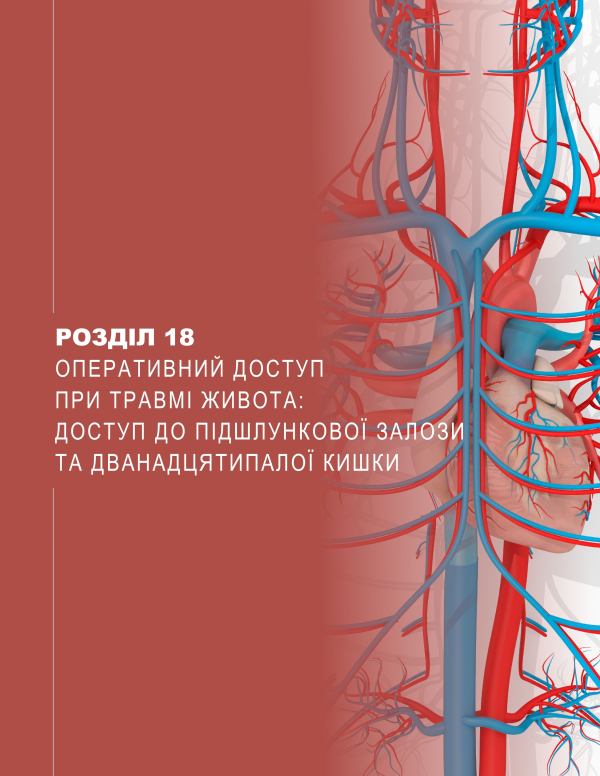Support the development of the TCCC project in Ukraine
- Learning Objectives
- Considerations
- Operative Technique to Expose the Anterior Pancreas
- Operative Technique to Expose the Head of the Pancreas and Segments Two and Three of the Duodenum
- Operative Technique to Expose the Posterior Pancreas and Fourth Portion of the Duodenum
- Operative Technique to Expose the Distal Pancreas (Aird Maneuver)
- Operative Technique to Expose the Portal Vein, SMV, and SMA
- Considerations for Pancreatic
- Resection
- Pearls and Pitfalls



















